Designer dining tables
Design dining tables are distinguished by their strong formal choices, attention to detail and consistency between materials and structure. They are designed to fit into environments where each piece has a precise role, without overload or superfluous ornamentation. This category brings together models with clean lines, carefully designed bases and uncluttered tops. Their proportions are designed for everyday use, while providing a clear response to space constraints. Each designer dining table combines functionality, legibility and rigorous geometric construction.
read more >Filters
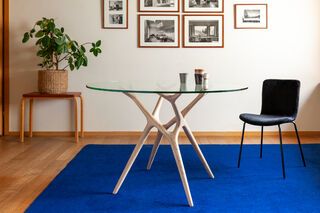
Round glass table with light solid ash for 6 peopleSylvae
£1195 £1070-10%
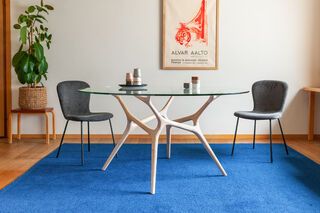
Round glass table with light solid ash for 8 peopleSylvae
£1560 £1400-10%
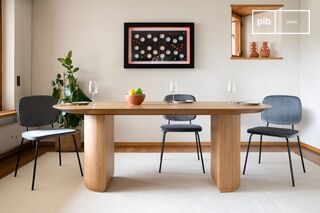
Large light wood dining tableSolna
£1805 £1620-10%
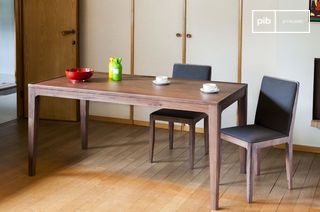
Walnut dining tableHemët
£1210 £1090-10%
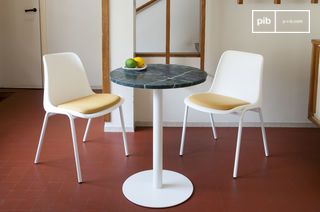
Green marble bistro tableLasby
£510 £455-10%
10 festive days
10% off our tables and consoles
Welcome your guests in style · Limited stock

A design dining table: between functionality and formal intent
Choosing a design dining table means opting for a piece of furniture that fulfills its function while responding to a precise visual logic. Design is more than just aesthetics: it structures the object, influences its use and fits into a broader system of arrangement. In this category, tables respond to a mastered formal intention: studied legs, balanced proportions, choice of materials consistent with the intended use. Here, design acts as a rational filter. It discards ornament, favors visible assemblies, makes the structure legible. The top can be flush with or slightly detached from the base. Edges are often sharp, volumes deliberately simple. The result is a clear, identifiable object that blends seamlessly into a contemporary interior, whether sober or hybrid. This type of table is aimed at users who are attentive to the logic of form and the articulation between function, materiality and use.
Typologies, materials and positioning in space
Design dining tables come in rectangular, oval or round formats, with dimensions designed to seat 4 to 10 people depending on the configuration. The choice of tabletop (solid wood, veneered plywood, tempered glass, technical laminate) matches the desire for stability, visual lightness or simplified maintenance. The base can be central, bipod or composed of crossed structures. It can match the colors of the tabletop or create a bold contrast. In all cases, the formal treatment responds not to an effect but to a clear function.
The design table fits into open or partitioned spaces, depending on the desired circulation. It can be combined with matching seats or, on the contrary, play up the contrast. Placement in the room follows a rigorous logic: set-back distance, orientation in relation to natural light, link with other domestic functions. It's not a decorative piece, but a pivotal piece of furniture, on which the uses of daily life are articulated.
A formal coherence designed to last
The models presented in this category share a common requirement: not to give in to visual effect to the detriment of use. Technical details such as assembly, edge profiles and base stability are designed to last. Design is at the service of experience, not formal novelty. A designer dining table is thus a silent, rigorous object, capable of withstanding the test of time without appearing dated.
Integrating a designer dining table into an interior is to set a clear point of reference in the space, without overloading or decorating. It means choosing a piece of furniture whose every line responds to an intention, and whose use fits into a thoughtful continuity.